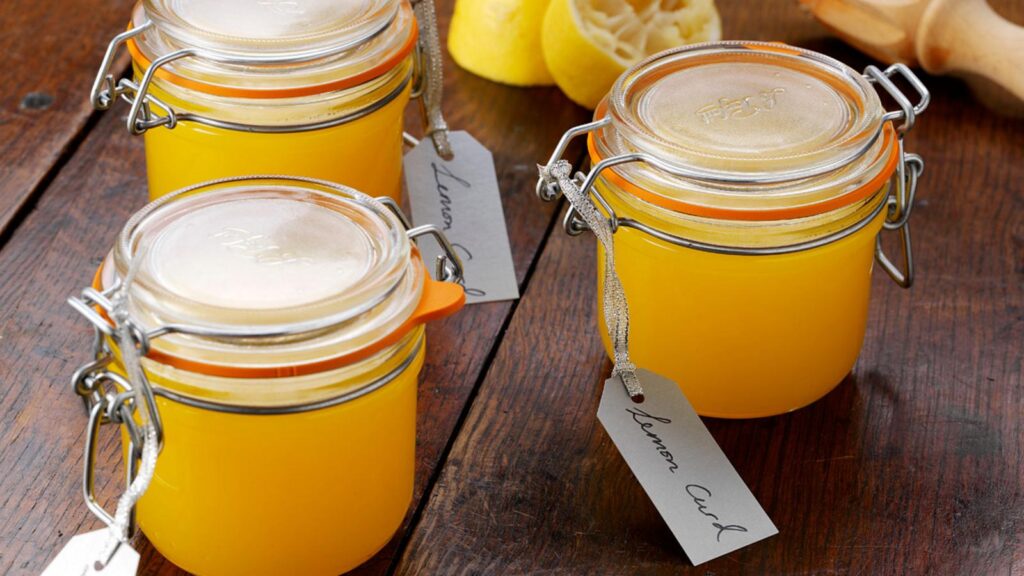
Happy Chinese New Year! According to the Chinese lunar calendar, 2025 is the Year of the Wood Snake. Sometimes referred to as the Spring Festival, this 16-day celebration originated 3,500 years ago in ancient China and is one of the most important holidays in Chinese culture as it marks the end of winter and the beginning of the new year.
In Chinese mythology, the snake symbolizes wisdom, initiation, charm and slyness. It’s often linked to the element of fire which represents passion and transformation. The Wood Snake specifically is seductive and creative, as well as absolutely ruthless.
When it comes to literature and mythology, the snake is one of the most symbolically significant animals. And while you may associate it with evil, snake symbolism is much more far-reaching.
For centuries, it has been a symbol of rebirth, renewal and eternity, largely because of its ability to shed its own skin. In many cultures, snakes have been associated with darkness and the underworld, probably because they spend so much time hiding under rocks or in pits below the earth. In the Bible’s Book of Genesis it’s a serpent or snake (symbolizing Satan) that speaks to Eve and tempts her to eat the forbidden fruit from the Tree of Knowledge.
In other cases, however, snakes have been associated with more positive symbolism, particularly when it comes to healing properties and medicine. The staff of Asclepius with a serpent wrapped around it originally symbolized the Greek god of healing. Today, we associate it with pharmacies and medicine, a throwback to the theme of renewal and rejuvenation.
Snakes appear in many works of fiction too. One of the most famous is Kaa, the Indian python from Rudyard Kipling’s The Jungle Book. When I watched the movie as a child, I thought Kaa was the villain. Kipling, however, didn’t write the story that way. In the original book, scary Kaa rescues Mowgli, the boy-hero, by defeating the monkeys and freeing the child. The snake in that story represents both savior and danger, underscoring once again the ambiguous symbolism of both savior and danger.
I’m not sure if that holds any significance as we head into the Year of the Wood Snake. But if the events of last week are any indication, perhaps it means that we can expect both good and bad over the coming year . . . and with wisdom and patience we’ll find the courage to move forward and leave the bad behind us. Eventually shedding the old and embracing the new just like the snake sheds its skin and renews itself.
Happy Chinese New Year!












Comments